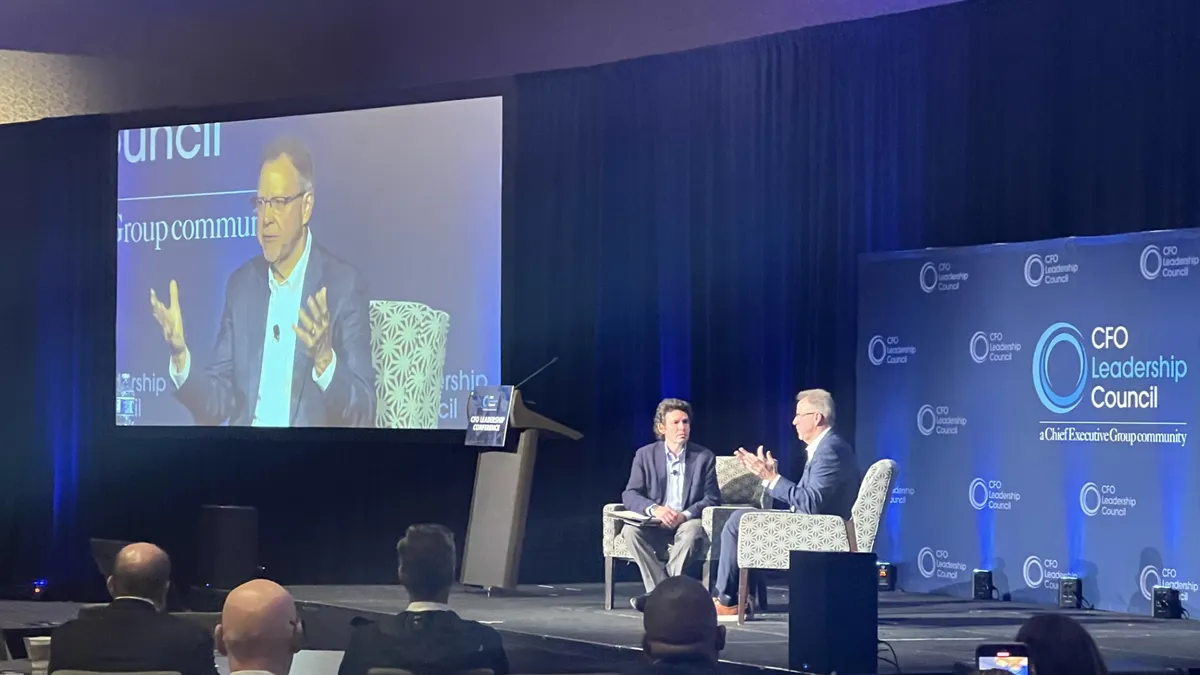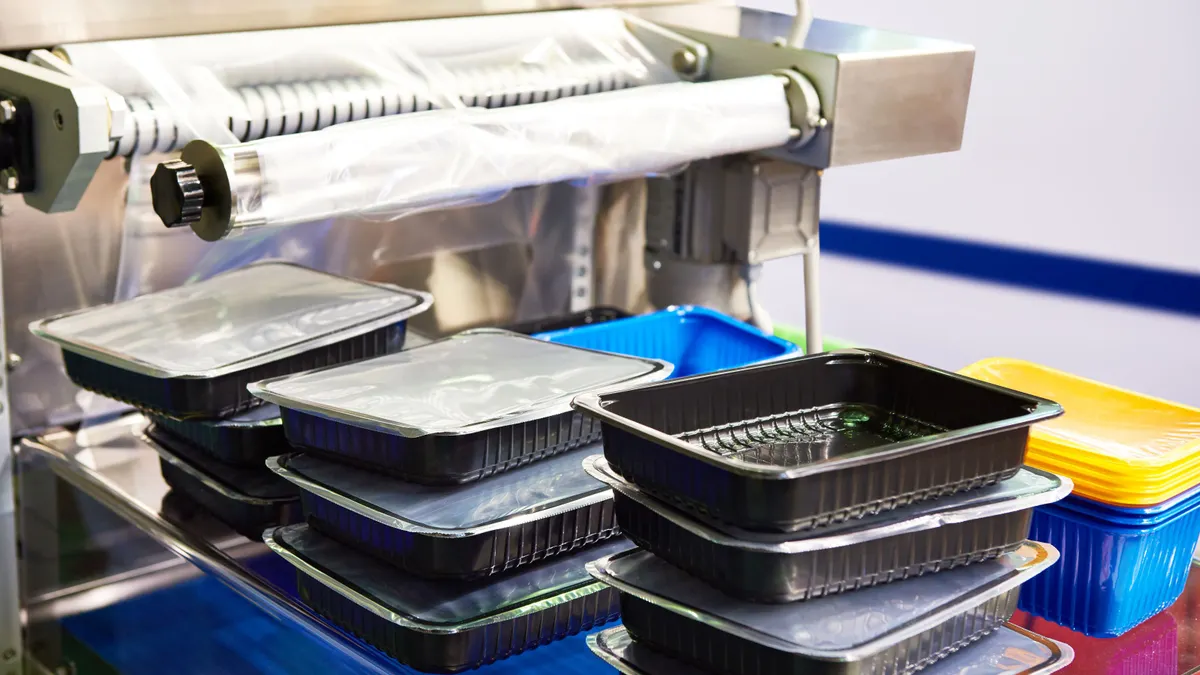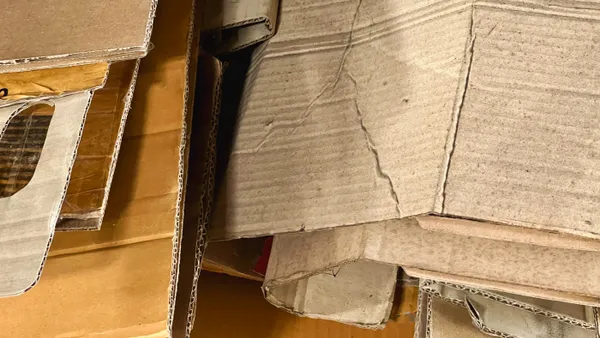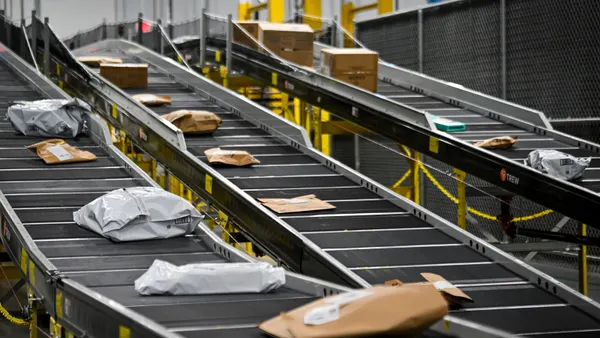Just days after President Donald Trump announced he would hike steel and aluminum tariffs from 25% to 50%, Conagra Brands CFO David Marberger on Tuesday reiterated that the snack and frozen food company will seek to offset the duties’ impact.
“We’re big in canned goods,” Marberger said during a wide-ranging keynote interview at the CFO Leadership Council’s spring conference in Boston. “So, with the steel tariffs that went up 50%...that affects us, so we’ll work through how we’ll mitigate that.”
On Friday, Trump announced the latest tariff hike in remarks at a U.S. Steel factory in Pittsburgh. He issued an official presidential proclamation Tuesday.
The move is just the latest whipsaw tariff change announced by Trump, with shifting tariff policies as well as fast-changing AI-driven tech developments prompting multiple speakers at the conference to note that agility is increasingly a key skill that executives need to manage the fast-changing business environment. Marberger also highlighted the importance of communication.
“It’s a tough environment because everything is changing all the time,” he said during the keynote, noting that initially he questioned whether there would be enough to discuss at a weekly standing tariff meeting. “Inevitably we have something to talk about because something always changes.”
After the talk Tuesday, Marberger declined to comment further on the plans for mitigation and pointed to previous comments made by the company.
In April during the company’s earnings call, Marberger said Conagra was closely monitoring tariff policy changes and the implications for its business. “We do expect to be impacted by the previously announced U.S. tariffs on tin mill steel and aluminum and, to a much more modest extent, Chinese imports,” he said, according to a transcript of the call.
At the time, the Chicago-based company said it only expected a “limited impact” from tariffs on its fiscal Q4 expenses as it was working through inventory it had on hand, according to executives on the call. “We will look to offset any cost increases through a combination of alternative sourcing methods, cost savings initiatives and targeted price adjustments,” Marberger said.
The company buys a lot of tin plate steel for cans it uses for packaging outside the U.S. because “something like 75% of the tin plate steel lines in the U.S. have been eliminated since 2018, leaving manufacturers in a position where they have no choice but to source these things overseas,” Conagra CEO Sean Connolly said on the call.
The maker of Healthy Choice and Marie Callender’s frozen meals and Slim Jim snacks, Conagra has transformed itself from a conglomerate into a pure play food company through a series of spinoffs and divestitures in recent years.
Tariffs were on the mind of many executives at the conference. At the start of one talk focused on duty mitigation, the presenter playfully poked fun at the strong interest in the issue. “Pretty dull topic, nobody’s interested in it,” said Colin Haynes, a solution consultant-cross border at Avalara. Speaking just before kicking off his presentation, Haynes drew laughter from the finance executives.
Angela Berthiaume, CFO of U.S. for Italy-based Vibram, was among the CFOs at the conference grappling with tariffs. Vibram manufactures shoe soles for the U.S. military in the U.S. as well as making soles for outdoor boot and footwear makers such as Merrell, a subsidiary of Wolverine Group.
Berthiaume said Vibram has manufacturing and operations in Italy, the U.S. and China, and is currently in talks with the major footwear companies that, as finished good producer brands, are seeking to manage the potential tariff hikes. The companies are generally approaching the issue in three ways, sometimes simultaneously. These include absorbing part of the new tax, transferring the cost partly to consumers and rethinking their supply chain logistics, she said.
“Everything is still up in the air and hopefully some good news will come soon for the industry [which is] so heavily impacted by these decisions,” Berthiaume said in an email.












